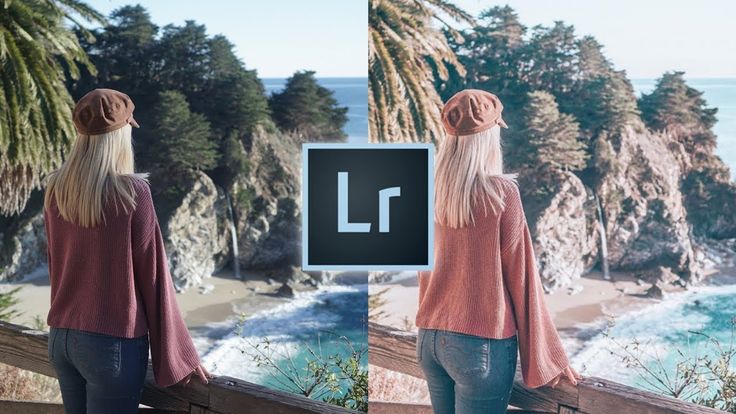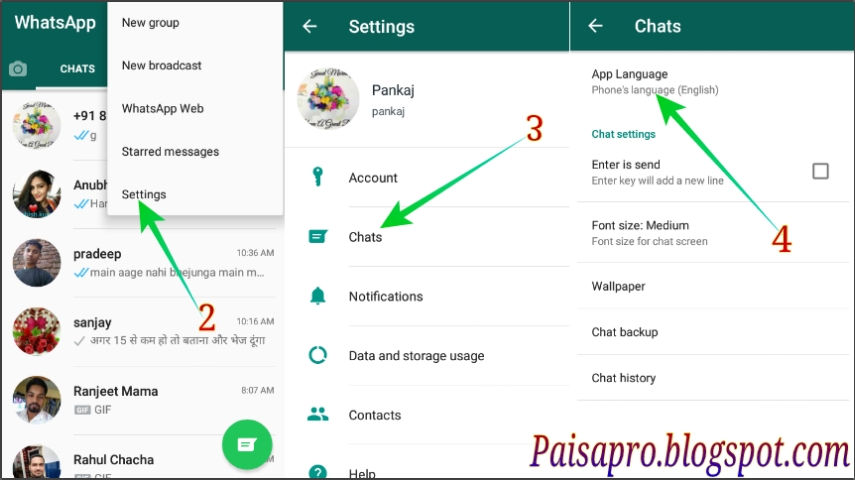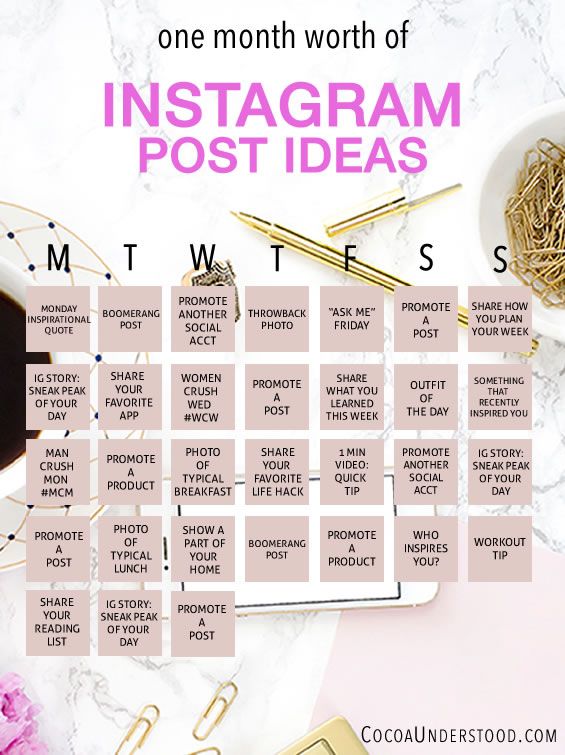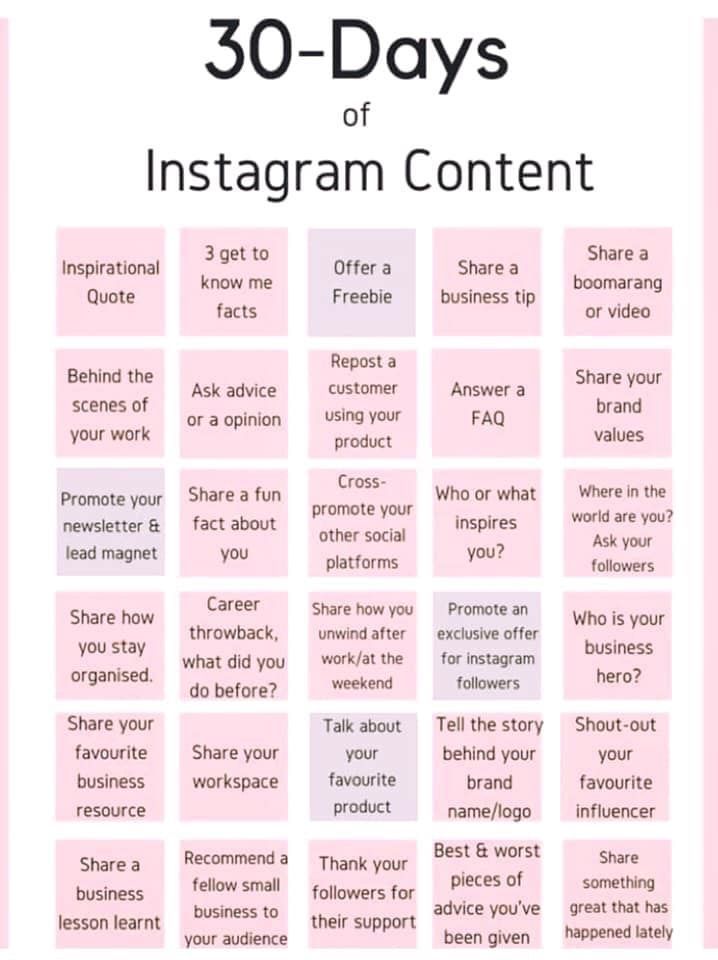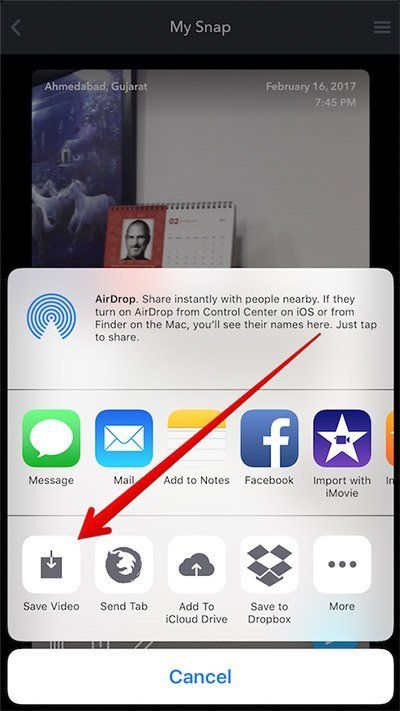How to edit for instagram
How to Edit Instagram Photos Like a Pro
Instagram is a visual platform — so having great photos is key to a successful Instagram strategy. In other words: quality images result in quality engagement.
Thankfully, you don’t need to be a pro photographer to post beautiful content to your Instagram accounts.
All you need is your smartphone camera, a few editing tools and tricks… and a little practice.
Watch this video if you want to learn how to edit your photos for Instagram using Adobe Lightroom:
Or, read on to learn how to edit Instagram photos to grow your audience and establish a compelling brand aesthetic. You’ll also get a breakdown of some of the best photo-editing apps that can take your images (and engagement) to new heights.
Save time editing photos and download your free pack of 10 customizable Instagram presets now.
How to edit Instagram photos the basic way
Instagram has built-in editing tools and filters, so this is a great place to start if you’re just starting to dabble in the world of image manipulation.
1. Begin with a quality photo
Even the best filter can’t disguise a bad picture, so make sure you’re starting with a quality photo.
Natural light is always the best option but use the HDR mode on your smartphone camera when shooting in dim light, close up, or outdoor portraits for best results.
Another pro tip? Snap a bunch of shots to make sure you’ve got options when posting time rolls around.
If you’re strapped for time or inspiration, try customizing stock photography.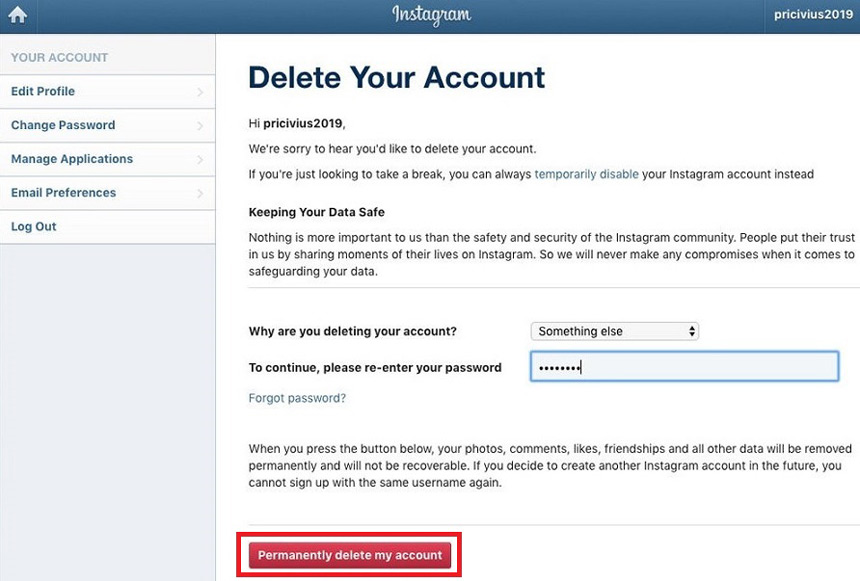 There’s a whole wide world of free, quality stock photography out there to choose from.
There’s a whole wide world of free, quality stock photography out there to choose from.
Pro tip: Start with a photo that’s sized for Instagram. If your photo or video is too small, it may appear blurry or grainy, no matter how much you edit it. And you can’t edit your photo after posting. Photos that are at least 1080 pixels wide will look best. Instagram will crop your photo as a square by default, but you can adjust it to its full width or height if you prefer.
2. Upload your photo to Instagram
Open up the Instagram app and select the plus-sign icon in the top right.
This will open up a menu of posting options. Select post and then pick your photo from your image gallery. Tap next.
3. Pick a filter
Here, you’ll find a variety of filters, which will adjust the lighting, colors, contrast, and sharpness of the image in different ways.
“Gingham” for instance, creates a flat and muted look, while “Inkwell” turns your photo black and white. Tap each filter to preview how it will look on your particular photo.
Tap each filter to preview how it will look on your particular photo.
“Claredon” is the most popular filter in the world, according to Lifewire, for a cooler look that pumps up the contrast in a natural way.
Pro tip: You can adjust the intensity of any filter by tapping it a second time and adjusting the sliding scale from 0 (no effect) to 100 (full effect).
But in 2021, most pro Instagram users tend to skip the filter step all together in favor of customizing their own visual balance. Which brings us to the “edit” function in the Instagram app…
4. Customize your photo with the Instagram editing tool
At the bottom of the screen, you’ll see an “Edit” tab on the right. Tap that to access a menu of editing options:
- Adjust: Use this to straighten your photo or alter the horizontal or vertical perspective.
- Brightness: A slider to brighten or darken your image.
- Contrast: A slider to make the distinction between the dark and bright parts of the images more or less intense.

- Structure: Enhance the detailing in the photos.
- Warmth: Slide to the right to warm things up with orange tones, or to the left to cool them down with blue tones.
- Saturation: Adjust the intensity of the colors.
- Color: Layer on a color to either the shadows or highlights of the photo.
- Fade: Use this tool to make your photo look washed out — like it’s been faded by the sun.
- Highlights: Brighten or darken the brightest areas of the image.
- Shadows: Brighten or darken the darkest areas of the image.
- Vignette: Use the slider to darken the edges of the photo, making the image at the center look brighter by contrast.
- Tilt Shift: Choose either a “radial” or “linear” focal point, and blur everything else.
- Sharpen: Make the details a little crisper.
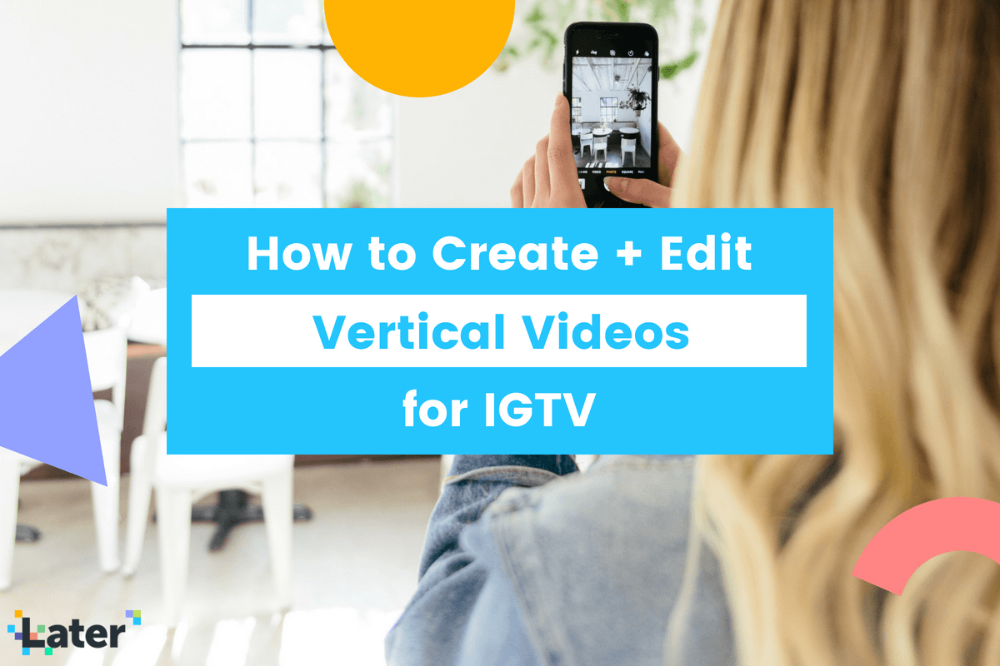 (What’s the difference between this and structure? Unclear.)
(What’s the difference between this and structure? Unclear.)
Pro tip: At the top of the screen, you’ll see a magic wand icon. Tap that to open the Lux tool, which allows you to tweak the exposure and brightness on a sliding scale.
When you’re done making your edits, tap Next in the top right corner.
5.
Tweak individual photos in a multi-image postIf you’re sharing multiple photos in a single post (also called a carousel), you can edit each one separately. Tap the Venn diagram icon in the bottom-right corner of the photo to bring up individual editing options.
If you don’t do this, Instagram will apply your edits to every photo the same way. If your photos were taken in different conditions, or feature different subjects, editing them individually is worthwhile.
6. Post your photo (or save it for later)Write your caption and tag any people or locations, then tap share to get your masterpiece out into the world.
You did it! You edited an Instagram photo! And now everyone will see!
… or if you’re feeling shy and want to wait, just tap the back arrow twice and you’ll be prompted to save your image and edits as a draft.
Instagram photo editing tips: beyond the basicsIf you want to take your Instagram photos to the next level, though, you’ll need to spend a little time working on your images before you even open them in the app.
Here are a few ways to go beyond the bare minimum to make those pics pop.
Straighten up and focusYou’ve done your best in the shooting stage to create a great composition, but in case your camera wasn’t perfectly level, or if a stray piece of litter has crept into the shot at the edges, the straighten and crop tool is here to help.
This tool is the easiest way to improve your composition when it’s too late to retake the shot. A good rule of thumb? If the horizon in your photo is straight, you’re golden.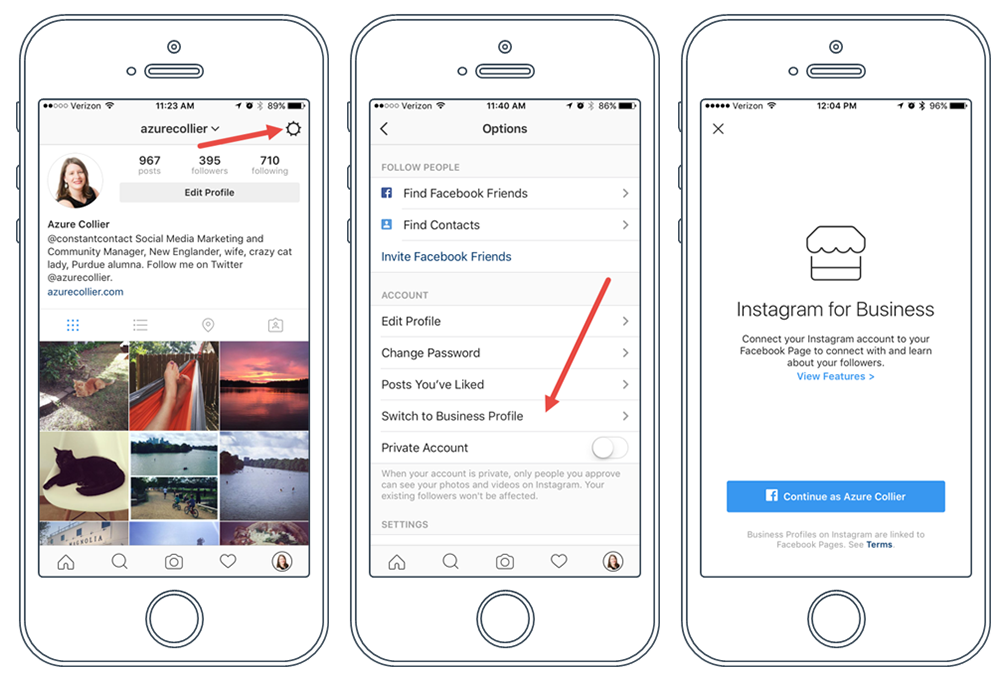
Use the spot-removing tool in your favorite editing app to clean up your images before you get to the color correction stage.
Whether that’s removing stray crumbs from the table of your food shot or discretely erasing a zit from your model’s face, cleaning up those distracting details will ultimately make your shot look more polished.
Consider the gridWant to create a grid with a consistent, on-brand vibe? Keep your tones uniform, whether that’s warm and vintage-y, vibrant and neon or pretty in pastel.
Find some grid-spiration here, with our countdown of 7 creative ways to design an Instagram grid layout.
Mix and match editing toolsThis is one of our top tips.
There’s no rule saying you need to stick with one editing app. If you love the smoothing effects of one program, and the cool filters in another, use ‘em both and get your photo just right before you upload it to Instagram
How Instagram influencers edit their photosWondering how to edit Instagram photos like the pros? We watched Instagram influencers’ how-to videos so you don’t have to!
You’re welcome.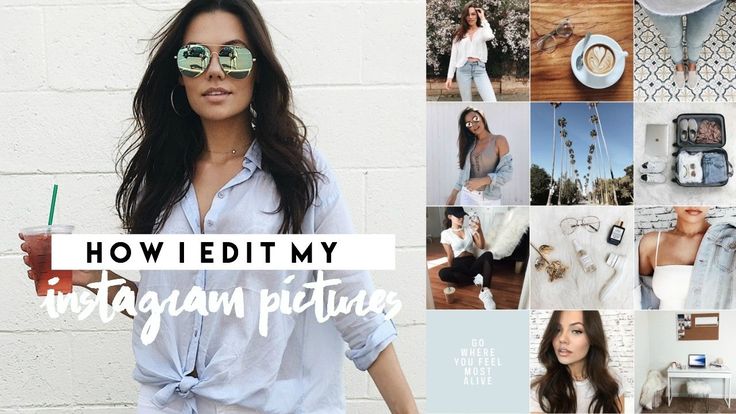
TLDR: Most professional Instagram posters use multiple editing apps to get the look they want — Facetune and Lightroom are particularly popular.
For instance, Instagram influencer Mia Randria smoothes out her skin with Facetune, zooming in to even out the area under her eyebrows or rough skin. She uses the patch tool for bigger bits, and the push tool to adjust details like her lip line.
Once that’s done, she uses presets in Lightform to adjust the lighting, contrast and color. (If you want to experiment with presets, we’ve got 10 free Instagram presets to download right here!)
10 of the best Instagram photo editing apps
While there are tons of great apps out there to help you make your posts for Instagram the best they can be, these are some of our favorite photo-editing tools.
1. Hootsuite Photo Editor
If you want to edit your photos in the same platform you’re scheduling posts and planning your content calendar, look no further than Hootsuite.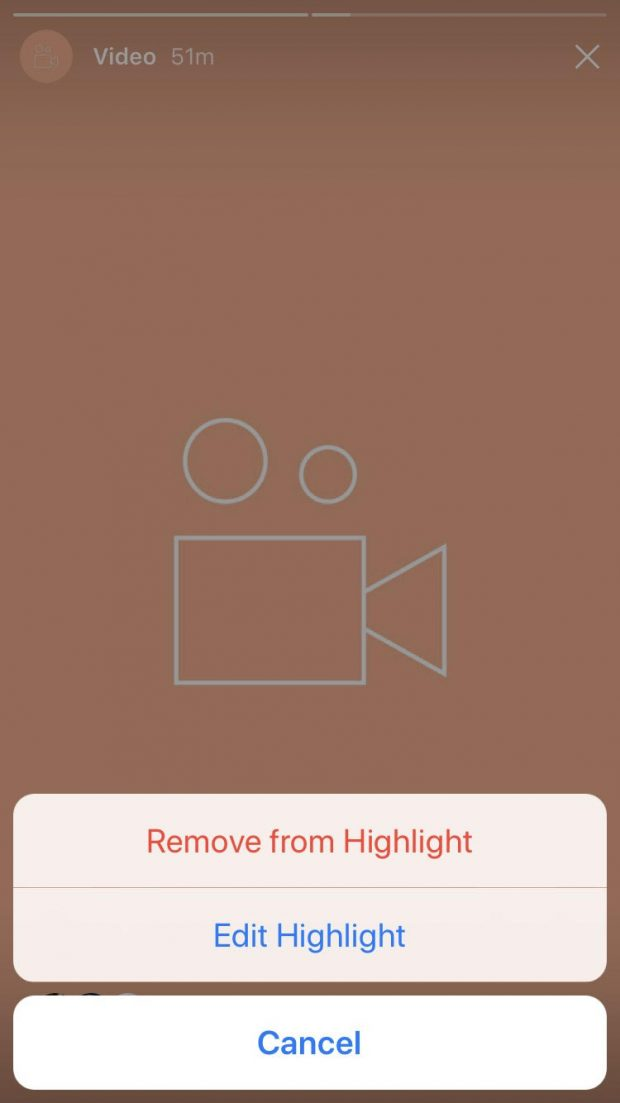
With Hootsuite image editor, you can resize your photos according to preset social media network requirements, including Instagram. You can also adjust lighting and saturation, apply filters and focus points, apply text, and more.
Here’s a full list of all the image editing features available in Hootsuite for Professional users and above.
Try it for Free
2. VSCOThe app comes with 10 free preset filters (pay to upgrade your account and you’ll access 200-plus others), and features sophisticated editing tools that help adjust contrast, saturation, grain, and fade. The “recipes” tool allows you to save your favorite combo of edits.
Save time editing photos and download your free pack of 10 customizable Instagram presets now.
Get the free presets right now!
Source: VSCO
3. A Color StoryFilters galore (choose bright whites or moody hues to suit your style), 120-plus effects and high-level editing tools that go into photography-nerd detail (in case you wanted to tweak your “functioning curves and HSL”).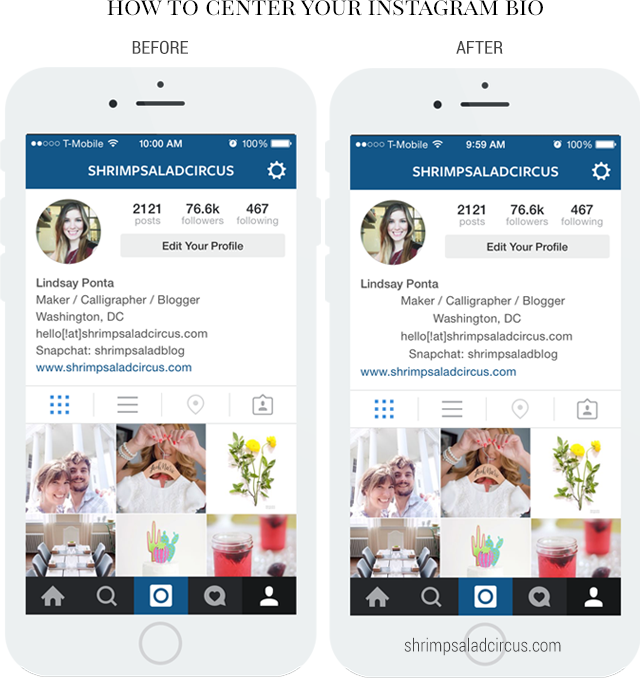
For those of us with more “big picture” brains, A Color Story also features a preview of your grid so you can workshop a cohesive look.
Souce: A Color Story
4. Avatan Photo EditorWhile there’s a robust library of effects, stickers, textures, and frames in the Avatan photo editor, the retouching tools might be most useful. Smooth out skin, brighten dark spots, and patch distracting details easily.
Source: Avatan
Developed by Google, Snapseed is a robust toolkit for photo editing that lives conveniently on your phone. The brush tool allows you to easily retouch saturation, brightness and warmth; the details tool enhances surface structure to layer in texture.
Source: Snapseed
6. Adobe LightroomWondering how to edit Instagram photos fast? Presets are the answer.
And this cloud-based photo tool not only makes it easy to edit your pics on your phone or your desktop, but it’s also the editing app of choice for people using presets as filters.
The intelligent highlight tool makes it easy to edit just the photo subject or just the backdrop with a single click or tap… but the downside is that to access the most robust tools, it’s a paid subscription.
Source: Adobe
PS: Interested in trying presets? Most influencers will sell you theirs for a small fee, but we’re offering a pack of 10, created by our amazing designer Hillary, for free.
Save time editing photos and download your free pack of 10 customizable Instagram presets now.
7. AfterlightThe filter library is populated by custom filters by photographers, so you know you’ve got a ton of great options to sift through. Advanced tools and interesting overlays (dust texture, anyone?) give photos a real film-like quality.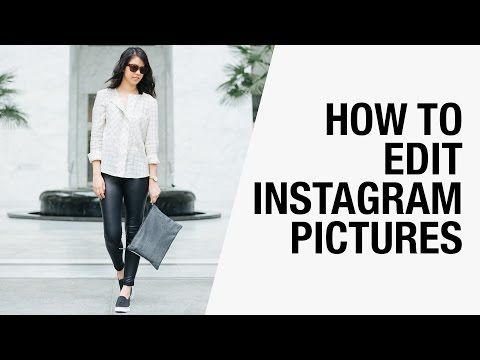
Source: Afterlight
8. Adobe Photoshop Express
This is the quick and dirty mobile edition of Photoshop, and takes advantage of AI technology to intelligently handle noise reduction, retouching, cutouts and more to clean things up with a few taps.
Source: Adobe
9. TouchRetouchTouchRetouch is sort of a magic wand to fix any awkward moments in your photo: a few taps and — abracadabra! — that distracting powerline or photobomber in the background disappears. It costs $2.79, but once you’ve got this bad boy in your arsenal, blemishes will have nowhere to hide.
Source: The App Store
10. FacetuneThis spooky-realistic face editing tool has been downloaded by over 100 million users. Smooth out rough patches subtly, amp up your best features, and generally ignore the true meaning of #IWokeUpLikeThis.
But don’t go overboard with the editing features.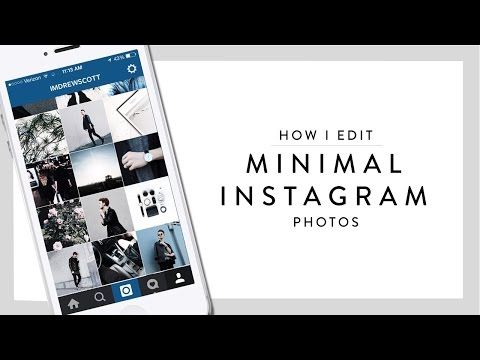 Many Instagram users are savvy enough to recognize when their favorite influencers are tuning their faces too much and may be turned off by your lack of authenticity.
Many Instagram users are savvy enough to recognize when their favorite influencers are tuning their faces too much and may be turned off by your lack of authenticity.
Source: Facetune
These are just a few of the Instagram photo editing tools out there. There are plenty more Instagram apps—for editing or otherwise—to discover.
Now that you know how to edit Instagram photos, the key is to find a few apps that work for you and use them regularly to refine and enhance your posts.
From there, you can build an inspiring and engaging Instagram presence, one stunning photo at a time. Trust us—your followers will notice.
Save time and manage your entire Instagram marketing strategy in one place using Hootsuite. Edit photos and compose captions, schedule posts for the best time, respond to comments and DMs, and analyze your performance with easy-to-understand data. Try it free today.
Start Editing
Grow on Instagram
Easily create, analyze, and schedule Instagram posts, Stories, and Reels with Hootsuite. Save time and get results.
Free 30-Day Trial
How I Take and Edit My Instagram Photos (with just an iPhone!)
A few weeks ago, I promised on my Instagram stories that I will be sharing my photo editing tips and tricks. Don’t worry guys!! I definitely haven’t forgotten about my promise! 🙂 Okay – Enough fluff, let’s go straight into the good stuff. Here is how I edit my Instagram Photos!
PS: Just a quick intro for those who found this post via Google Search, you probably don’t know me so here is a link to my Instagram account @girleatworld, where my photo taking and editing style have earned me ~300k followers.
The Camera I use
This is one of those “if I have a nickel everytime someone asks me…” question. I’ve gotten questions from many of you asking me what camera I use, and I think the answer surprised most people. I take my photos with the one device that’s always in my pocket (and probably yours as well): iPhone’s small, yet powerful camera.
I had an SLR camera which I used to take with me on my travels many years ago. But since I got my first iPhone in 2010, I have slowly transitioned to using just the iPhone camera. I’m a no-fuss casual photographer and I want to edit my photos on the spot without having to deal with transferring files, so phone-editing is perfect.
I also love how a small phone camera allows me to snap away inconspicuously and efficiently. Taking a photo for @GirlEatWorld is not exactly a glamorous activity so I prefer to blend in and take it as quickly as possible.
Me, taking a photo in Old Town Prague and trying not to get hit by traffic. Thanks to my friend Shekhar for taking this pic.Disclaimer: All the tips and apps I’m going to recommend are for iPhone. Unfortunately, I can’t advise if other phones have the same features since I am not experienced with them. Also, I’m by no means a professional photographer – I’m just sharing all the self-learned methods I’ve discovered over the years so these tips might seem very elementary to some of you.
Tools & Gears I use
Camera Gears
- iPhone Max -I have pretty much used all iPhone generation since iPhone 4. I prefer the max screens as I like bigger screens for editing photos. I’ve also always opted for the biggest storage because I take a lot of photos and I don’t want to worry about running out of space. With the 512GB storage, I have not had to empty out my photos or delete apps in over 4 years (!!).
- Ring Grip Holder – It’s a ring-shaped plastic that can be attached to the back of your phone case. This ring might look unglamorous, but it has been massively helpful in providing grip and stability. Having the grip on the back of the phone allows me to easily take photos with one hand.
- Mobile Tripod – A flexible and lightweight tripod like this is a nice to have, especially if you’re traveling alone or you want to get a group shot with everyone in it. It also helps with stuff like time-lapse videos.

iOS Apps
I’ll elaborate more on how I use these apps throughout the post, but I’m just putting it here for easy access.
- Camera+ – for advanced control of your native camera
- VSCO Cam – for post-processing and filters
- Afterlight 2 – for effects like borders and light leaks
- Facetune – to clean up some distraction and smoothen out textures
Let’s start with the basics: Phone Photography Tips
I’ll be straight with you guys – there is no shortcut to great photography. The only secret is that you must spend time honing your photography skills and keep practicing it. It wouldn’t matter how much editing you do, nothing beats properly shot photos.
So without further ado, here are a few photography tips that have helped me:
1. Composition is LIFE
No matter what camera you use, you must master framing your photos. This is usually referred to as Photo Composition. It is probably the most time-consuming skill to learn, but it is the most rewarding as it allows you to define your own photography style.
I suggest watching this quick video of composition tips by Steve McCurry, one of my favorite travel photojournalist. There are many different types of composition and style, and over time you will start to develop your own style.
As for me, ever since I picked up my first camera I had been obsessed with the perfect symmetry (Wes Anderson is my favorite movie director, as you may have guessed) and bokeh, the blurred / out of focus effect you tend to get with certain lens if you take close up shots of an object. Combining these two styles resulted in photos you see at @GirlEatWorld.
2. Use Grids to help you compose
If you are an iPhone user, there is a native support to compose your photos. I recommend to turn on your grids by going to Settings > Photos & Camera > Turn on Grid. This will give you a nice 3 x 3 grids each time you fire up your camera app, which you can then use as a guide to make sure your subject is properly positioned and not crooked.
For @GirlEatWorld, I usually position the subject inside the two bottom middle boxes. For me, this creates the perfect subject to background ratio. This way I don’t overwhelm the background by taking a too-close picture of the food.
iPhone camera with Grid View Enabled3. Pay attention to the lighting condition of your surrounding
If all else fails, this is the one photography tips you should remember. I always tell people that you cannot take your photos with your back against a light source – be it the sun, a lamp, anything that’s bright. There are some exceptions, of course, such as if you’re aiming to take a silhouette photo – like this photo below where I didn’t mind that the subject was covered by shadow because I wanted to bring more attention to the scenery in the background.
Currumbin Alley in Gold CoastSo next time you take a photo, make it a habit to see where the sun is and try to position yourself opposite of it.
Which brings me to my next point…
4.
 Time of the day matters… a lot.
Time of the day matters… a lot.Though sometimes it can’t be helped, I don’t like taking photos in the middle of the day when the sun is directly on top of you. This tends to cast harsh shadows and it doesn’t look very flattering on photos.
Instead, I prefer to take pictures in the morning or a few hours before sunset, where the sky tend to be more beautiful, colorful and the natural light are softer and gold/warm-toned. As such, in the photography world, this time frame is often referred to as “Golden Hour“.
There is also another terminology called “Magic Hour” which is right before sunrise or right after a sunset and tends to produce photos that are whimsical. This was taken during magic hour in Boracay, Philippines
Magic Hour in BoracayAnd here is another one from a rooftop in Hong Kong
Sunset in Hong KongGo an extra mile: Research ahead
If you’re traveling and planning to visit certain sites, try to research ahead of time where your subject is facing, then arrange your visit accordingly. For example: if your subject is facing east, then you definitely want to go in the morning to catch the morning golden hour. Pay attention to the weather forecast, and be patient if the sun doesn’t come out.
5. Make sure you get the focus and exposure right where you want it
This might be getting a bit technical… but my favorite iPhone camera feature is the tap-to-focus feature and AE/AF lock. AE stands for Automatic Exposure (how much light is in the image) and AF stands for Automatic Focus (where you want things to be sharper). This is really easy to achieve – all you have to do is tap on the subject you want to focus on, and give it a long press until a yellow box appears over your camera viewer. Like this:
iPhone camera with AE/AF Lock EnabledYou can then correct your composition until you get the perfect shot. Keep in mind that you must maintain the same distance from your subject once the lock has been activated. Changing the distance while the focus is locked will make your subject out of focus and you have to re-do the AE/AF lock.
In most lighting condition, AE/AF lock feature works well. However, for times when the light just refuses to work with me, I use an app called Camera+ for iPhone for further control of my photos. The app allows me to lock the focus and exposure separately. That way, while taking the photo you can arrange your focus and exposure points so that you don’t lose details to overexposure while still getting the focus correctly. For more info on these controls, this article explains it much better than I can!
5. Experiment with different angles and point of view
The other most important tip I have is: Move around and change your angles! Sometimes you just have to experiment with a different viewpoint to get the best shot.
Here, I try to illustrate several photos I took before settling on the one that I ended up posting on Instagram. The process didn’t actually take long at all (I believe it was about 5 minutes).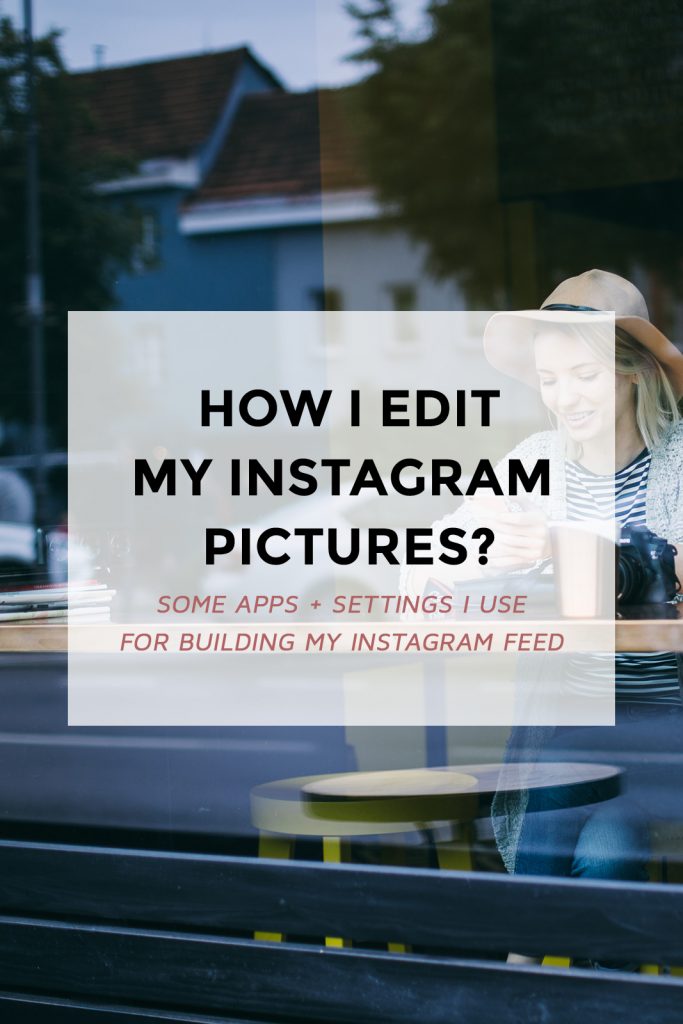 I simply crossed the road, looked up, and thought that this was the better angle.
I simply crossed the road, looked up, and thought that this was the better angle.
Go an extra mile: Get inspirations from Instagram and other photographers
One thing I like to do before travel is to look through the geotag of a location I’m going to visit. I’m usually looking for photos that catch my eyes and bookmark them so that I can reference back to it when I actually visit the location. Then I either try to mimic the same angle or spin-off of my favorite photos for editing practice.
The image below is probably one of the most popular angles of People’s Park Complex in Singapore, but getting the shot itself and editing helped me hone my photo editing skills.
Post-processing: Get the editing apps ready
Editing photos after it’s taken is referred to as “post-processing”. Even if the composition of the photo you originally took is off, sometimes a little post-processing can still help save it.
As a rule of thumb, I try not to over-process photos because this causes the photo to appear less genuine. The most important thing about travel photos is that your image should appear crisp and clear, though this all depends on your own editing style.
The most important thing about travel photos is that your image should appear crisp and clear, though this all depends on your own editing style.
1. The basic image editing tips
I use VSCO Cam and Instagram native app for all my editing purposes. They are both very simple apps and I believe they have the best filters and editing capabilities. The editing tools I love using is brightness/exposure and sharpness. I usually try to bump the sharpness to 50 – 70% and this really helps to make the image appear crisper. I also tend to prefer to adjust brightness and sharpness using Instagram more than VSCO as I feel Instagram gives a subtler edit.
As for filter, I always go to VSCO. The filters I kept going back to is called A7, A8, C7 and C8. Whenever I apply a filter, I never go full strength as it might alter the photo too much, but a little bit (say, 40-50% strength) goes a long way to make the photo stand out in a subtle way.
Another tool I love and use a lot is from Instagram native app, called Lux effect.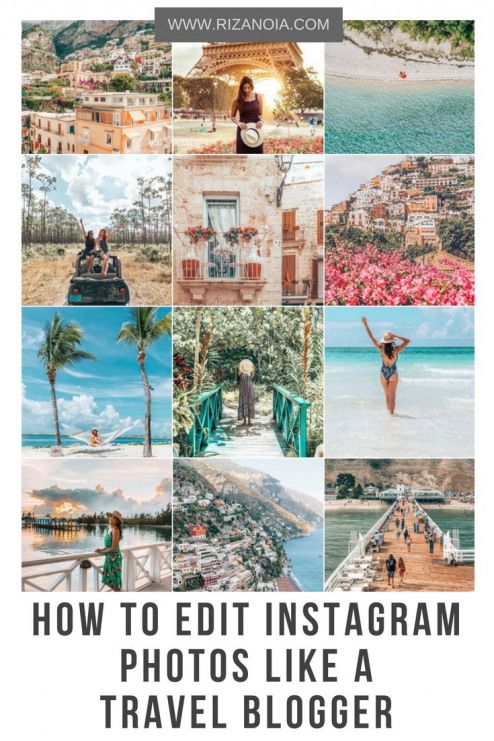 When used moderately, it does wonders to your images in bringing out more colors, sharpness, and textures. I used Lux effect on the photo below to help bring out the wooden texture of the building signage, as well as the folds of the jeans worn by the man.
When used moderately, it does wonders to your images in bringing out more colors, sharpness, and textures. I used Lux effect on the photo below to help bring out the wooden texture of the building signage, as well as the folds of the jeans worn by the man.
2. Don’t be afraid to correct the alignment of your photos
As I said before, one of the styles I adore is symmetry. As such, I’m a huge fan of the tilt/rotate, straighten, X-skew and Y-skew tool that you can find in most photography apps these days, to achieve that perfect symmetry!
I use tilt/straighten to correct any crooked-ness within my photos – sometimes it doesn’t have to be perfectly straight, just to get it to a point where it feels more balanced. I use the X-skew and Y-skew for a similar reason – to bring more balance to the photos. Basically, the skew tools allow you to correct the perspective of your shot so that it appears more straight and pleasing to the eye. It could be that my image was slightly heavier to the right/left or top/bottom, and the skew tools could really make a difference.
It could be that my image was slightly heavier to the right/left or top/bottom, and the skew tools could really make a difference.
This image I took in a train station in Berlin was originally slightly crooked and not very symmetrical as I took it at a slight angle, but using a combination of tilt, x-skew and y-skew I managed to make it look symmetrical.
A Train Station in BerlinSimilarly, this shot of square tiles was near humanly impossible to be taken as straight as it looks here, because… well, the tiles itself aren’t really straight in real life. I used the skew tools so that it looks like it’s taken from straight above.
Peranakan Tiles in SingaporeSometimes, I use rotate to get a creative with my photo angles. Take this image below for example – of course, this image was originally taken upright but I find that rotating it 180 degrees makes a much more interesting photo.
Perople’s Park Complex in Singapore3. Minimize distractions
I use crop deliberately to frame my subject better.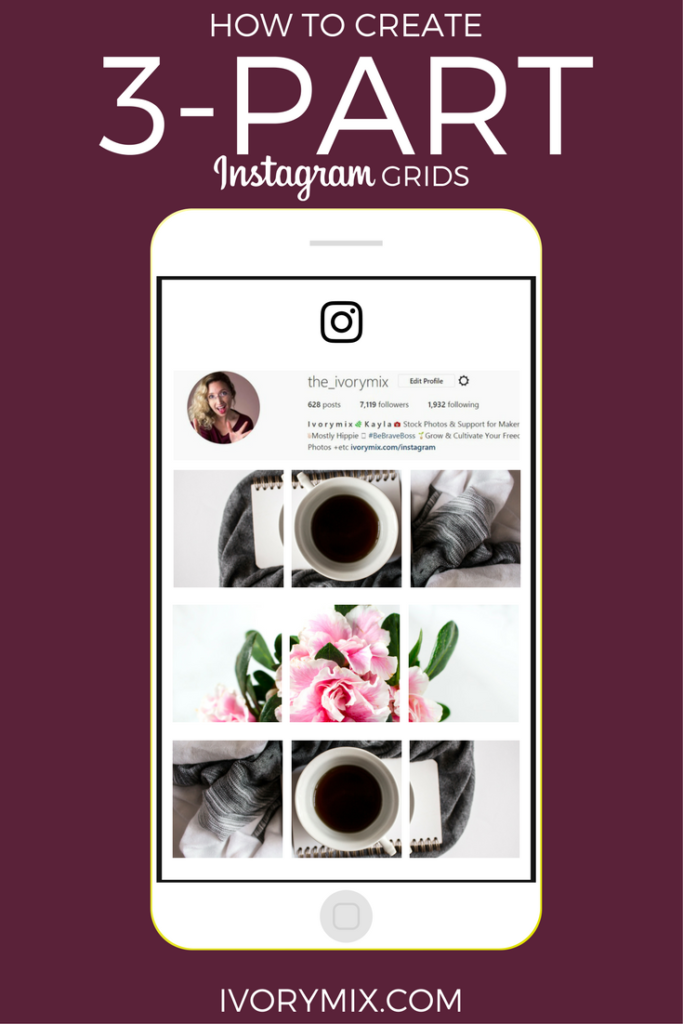 Cropping also helps to create a more zoomed-in effect, so the attention of your viewer is directed to where you want them to look.
Cropping also helps to create a more zoomed-in effect, so the attention of your viewer is directed to where you want them to look.
This photo I took in Seoul was originally landscape, but I find that portrait orientation would help bring out the details more when viewed from a mobile phone. So I rotated the photo and made it portrait orientation instead, and cropped it for better focus.
Imperial Palace in SeoulSimilarly, this photo I took in Prague was also taken as landscape and from afar, but I wanted to highlight the building and the street itself, so I cropped it to look like it was taken from much closer.
Prague Old TownI use FaceTune‘s whiten tool to help tone down the colors at a certain spot if I feel the image is already too distracting. In the original photo of this image below, the color of the wooden table, paired with its rustic texture, took away too much attention from the main focus of the photo. So I toned down the color of the wooden table so that I can bring the viewer’s attention to the food and accessories on the table itself.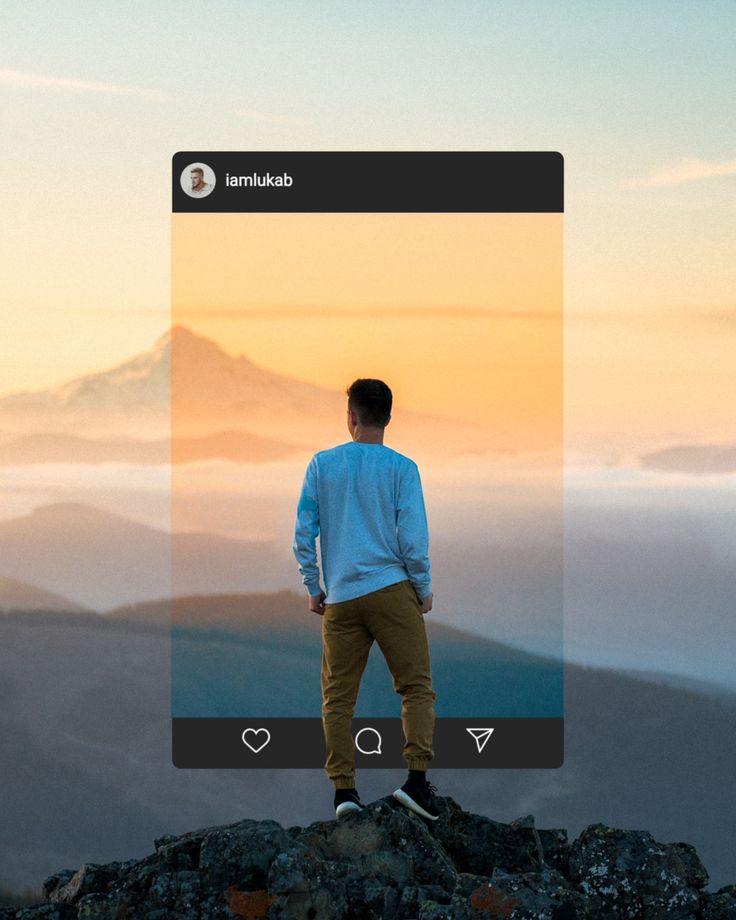
4. Don’t shy away from experimenting: Try adding borders and effects!
While I try not to post-process too much for photos on @GirlEatWorld, I REALLY go to town with photos I post to my personal Instagram (@ichabunni) which I treat as a photo editing playground.
If you scroll through my personal Instagram, you’ll see that my editing style changes from time to time. There was a period when I was obsessed with light leaks, a period of time where I used white borders on square photos, and there was another time where I alternate between horizontal and vertical photos with thick white borders.
This might not be for everyone, but lately I’ve been loving thick white border around my Instagram pictures. The app I use for adding a white border is Afterlight 2. I love this app because it preserves the geolocation from the original image, so when you post it on Instagram you can still geotag the location properly!
Sunshine Coast, AustraliaI love how the white border makes my feed look like its hung in an art gallery.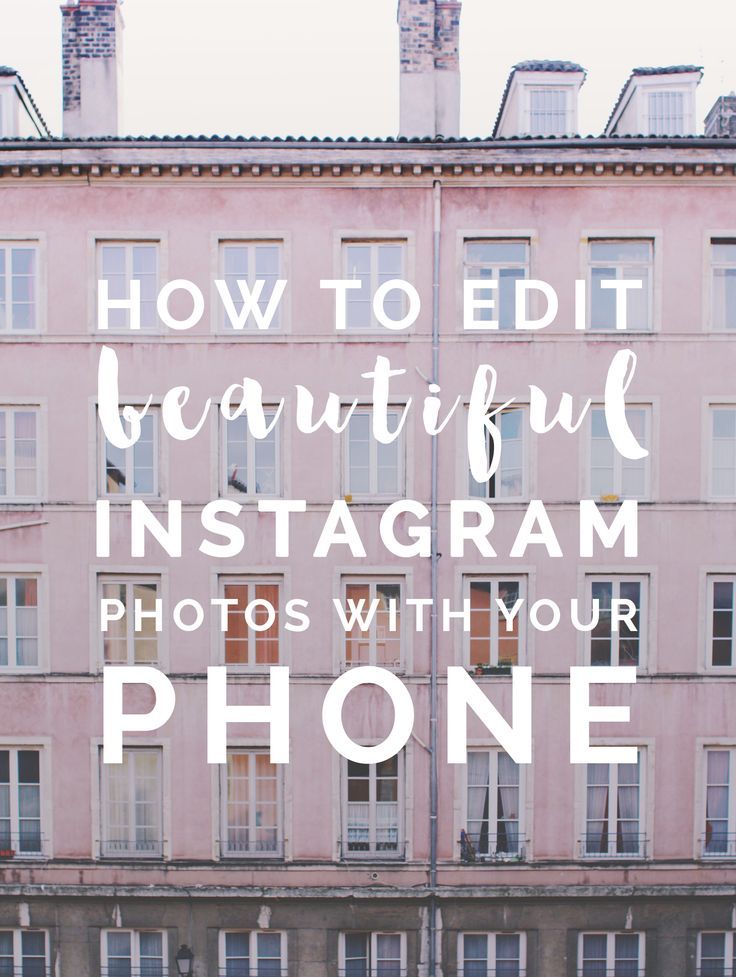 (Not saying my photos are art… but… you know…)
(Not saying my photos are art… but… you know…)
At the end of the day, the single most important advice I can give you is to practice editing as many photos as you can. Eventually, you’ll find the style you like and editing will seem like a breeze as it becomes your second nature.
And that’s all I have to say about photo editing on mobile! Phew, that was quite long, wasn’t it? I hope it was worth the wait and that you find this post useful. Please leave me a comment below if you do, and if you want to know anything else – feel free to ask me!
Until next time.
| 3DNews News Software Social networks I*******m will allow you to edit the order... The most interesting in the reviews 01/12/2022 [14:47], Ruslan Avdeev In recent years, Instagram*, although somewhat inferior to giants like TikTok, is still one of the most popular social networks in the world. Source: geralt/pixabay.com Many users may have regretted not being able to arrange their previous posts in a different order - sometimes this would have created a completely different feed, affecting the impression of the profile produced by third-party visitors and loyal friends. Instagram* is preparing something new, according to well-known network whistleblower and developer Alessandro Paluzzi, who likes to dig into application code to find undocumented features. Judging by the screenshots posted on Twitter, the social network will add a feature that allows you to edit the "grid" of the profile, lining up posts in exactly the order you want. Currently, there is no way to change the chronological order of publications. nine0007
Based on the images, the Edit Grid feature will appear in the Edit Profile section. The user will be able to drag and drop posts in any order. The option cannot be seen yet as it is still under development. nine0007 The release date of the new version will be announced later. For now, Instagram* prefers to remain silent about the new feature. It is very likely that a limited number of beta testers will be the first to be able to use it. * Included in the list of public associations and religious organizations in respect of which a court has made a final decision to liquidate or ban activities on the grounds provided for by Federal Law No. 114-FZ of July 25, 2002 “On countering extremist activity”. nine0038 Source: If you notice an error, select it with the mouse and press CTRL+ENTER. Related materials Permanent URL: Software News, Network News, Social Networking, Tags: social networks, ii ← В past To the future → |
How to create an Instagram profile*
An Instagram page* will be an excellent presentation of your services or products if you approach this issue responsibly. Whatever one may say, on the Internet they are also met by clothes. An untidy or empty profile will not attract followers. A carefully designed one, on the contrary, will say more about the company than any advertisement. In this article, we will tell you what elements the design of a business page consists of. We will show you how to work with them so that your Instagram* profile attracts followers and new customers. nine0007
How to edit a page on Instagram*?
We recommend working through the Instagram* mobile application, and not on a computer - the full functionality of the social network is available in it.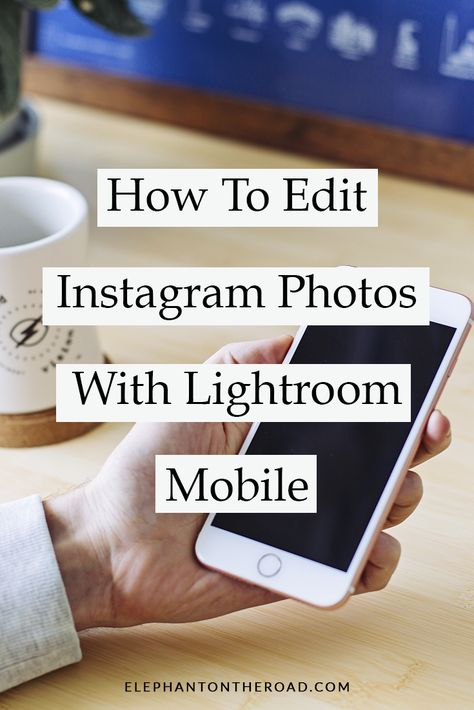 Create a profile or log in if you already have one and click "Edit".
Create a profile or log in if you already have one and click "Edit".
You will be taken to the Instagram* section, where you can correct your information and edit your contact details. Below we will describe in detail how to work with this section correctly.
Username (nickname)
It is best when the account name includes the name of the company and the main word that characterizes its activities. The first works for recognition and allows you to find a page by brand name. The second paves the way to the search results for the desired query, and also leaves users in no doubt about what exactly you offer. For example, if you are creating a magazine account, add the word "magazine" to the title of your publication.
Is the desired name already taken? Try playing around with the wording of the nickname by adding an underscore or period to it. Just remember: you only have 30 characters. nine0007
Profile name
Enter your company name as the name.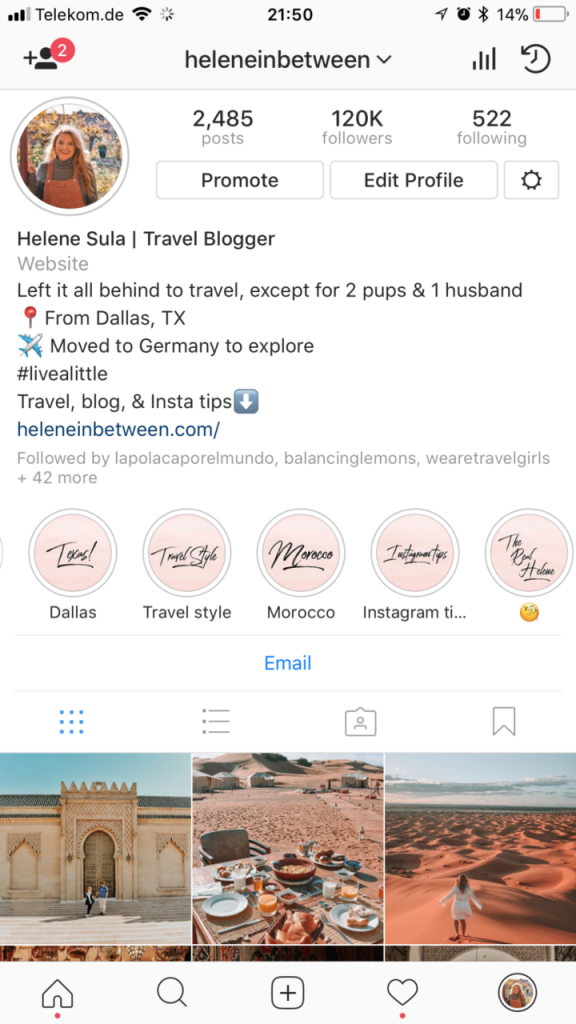 There is already more freedom here - spaces, Russian letters, punctuation marks and more characters are allowed. As in the case of a nickname, it is worth adding search words related to the subject of your business here. In addition, if the name of the company does not quite reflect the scope of its activities, this will be a hint for your potential followers.
There is already more freedom here - spaces, Russian letters, punctuation marks and more characters are allowed. As in the case of a nickname, it is worth adding search words related to the subject of your business here. In addition, if the name of the company does not quite reflect the scope of its activities, this will be a hint for your potential followers.
Profile photo
The logo is perfect as an avatar for your profile. It will make your account recognizable and hint to users that you are a serious company and can be trusted. nine0007
Company description
Briefly describe the most important things about your company, products and services in the “About Me” field. Write the description in a language that your audience can understand. Do not write in English if the audience is Russian-speaking. Do not write abstruse and specialized words if users do not understand their meaning. Even if they understand - still do not write when you can do without them.
Instagram* provides 180 characters with spaces for company descriptions. If this is not enough, then here are some tips:
- Where you can replace text with emoji - replace. For example, a phone icon would perfectly replace the word “phone”. In addition, emoji give the text liveliness. The main thing is not to overdo it.
- Fill out the information with the list . So it is easier to perceive. The same emojis are perfect for making a bulleted list.
What other information should be added to the account description?
- Additional profiles. If your business has multiple linked Instagram accounts*, link to them in the description using the @ sign.
- Corporate hashtag. By clicking on it, users will see all Instagram posts* that contain this hashtag. It can be reviews about your company, a certain topic, or other material that you consider important to users.

- A link to your website. This will drive traffic from Instagram* to your website. And users will be given more information about you, which means - reasons to become your customers.
- Geotag . Indicate the city and address of your company. Then your profile will receive a geotag, by clicking on which an online map will open with your location.
- Multilink . This is a service for creating an online business card, where you can place several contacts at once: for example, all social networks and the website address. This is especially true for Instagram*, where you can't add multiple links at the same time. Multilink will help solve this problem. If you want the client to get from your account not only to your website, but also to look at your other social networks, then insert such a link in the description. nine0110
Filled out your page with information? Then the time has come to tell and show how to design Highlights.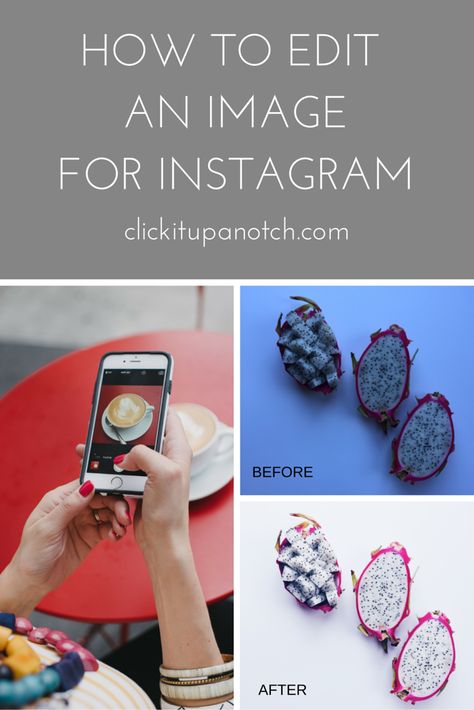
What are Highlights and why are they needed?
Highlights or Highlights are Instagram*-Stories saved on a profile for permanent display. As a reminder, normal stories are deleted after 24 hours. Highlights are usually displayed below the profile picture and description, just before the rest of the publications.
In Highlights, you can add relevant information for your company, for example:
- Information about you and your activities. Here you can tell in more detail what did not fit into the description of the account.
- Answers to frequently asked questions. Let's take an example: is finding your office a problem for customers? Capture a story about how to find you and keep it up to date. This way customers won't get lost. Here you can place the terms of the order, delivery, payment, and many other information that each of your customers needs.
- Hashtags by which you sort posts thematically.
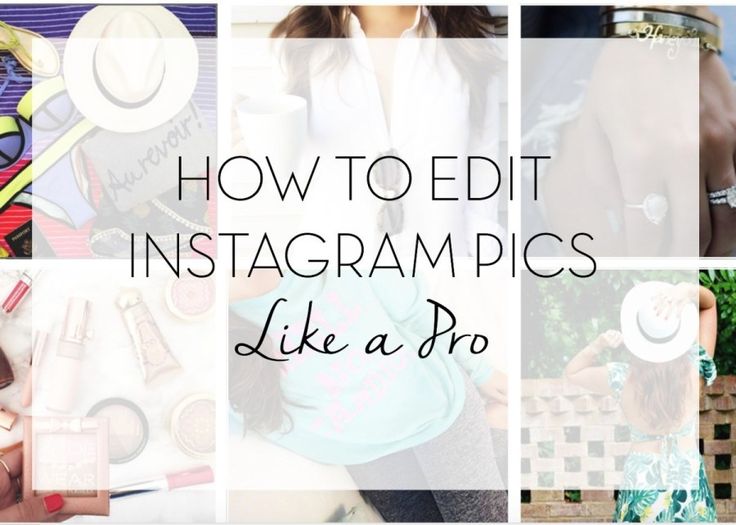 nine0014 Such navigation will make it easier for users to search through posts, since search for a specific page on Instagram* has not yet been implemented.
nine0014 Such navigation will make it easier for users to search through posts, since search for a specific page on Instagram* has not yet been implemented. - Events. Tell your followers about your promotions and special offers.
When filling out the “Actual”, follow the measure. You should not post everything in a row, otherwise it will be difficult for customers to find the information they really need.
How do I add Highlights to my profile?
Start by creating any story. How to do it: click on the plus sign under your profile picture on the account page or from the news feed:
You will be taken to the editing window. Take a photo or video in real time and upload it, or add content from your archive. You can upload multiple photos at once.
After selecting a photo, start editing it. Add filters, signature or stickers. Next, we will analyze in more detail how to do this and why it is needed.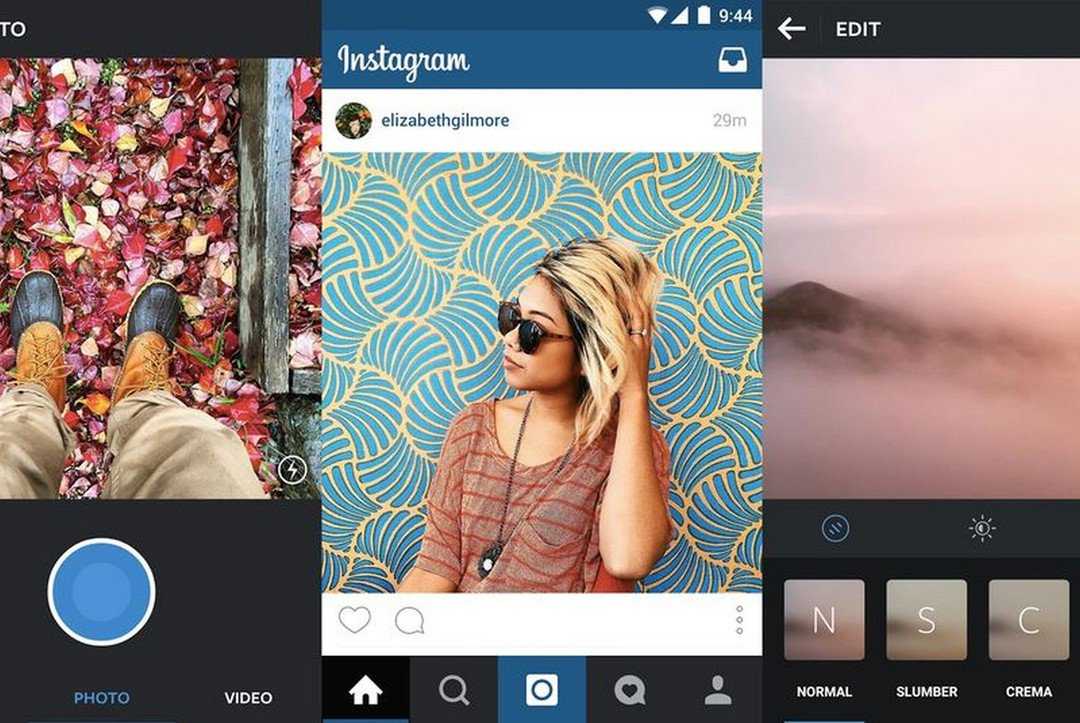
Effects and pictures in stories
To add a filter, click on the round smiley icon at the top of the screen. A panel with effects will appear below - scroll it to find the right one. Can you draw? Click on the brush icon in the upper right corner and paint! With built-in tools, you can change the thickness of lines, their color and appearance. nine0007
Stickers in stories
Stickers help you communicate with your audience. Here you can add a countdown form, feedback, a multiple choice test, a hashtag, tag another account, and other useful things. These elements are editable. Change the color to match the rest of your post. You can also add emojis and stickers to your post. They will make the story more provocative or brighter.
Text in stories
Click on the letter icon in the upper right corner of the screen. You can change the color and font style.
When your story is ready, click on the "Recipients" button.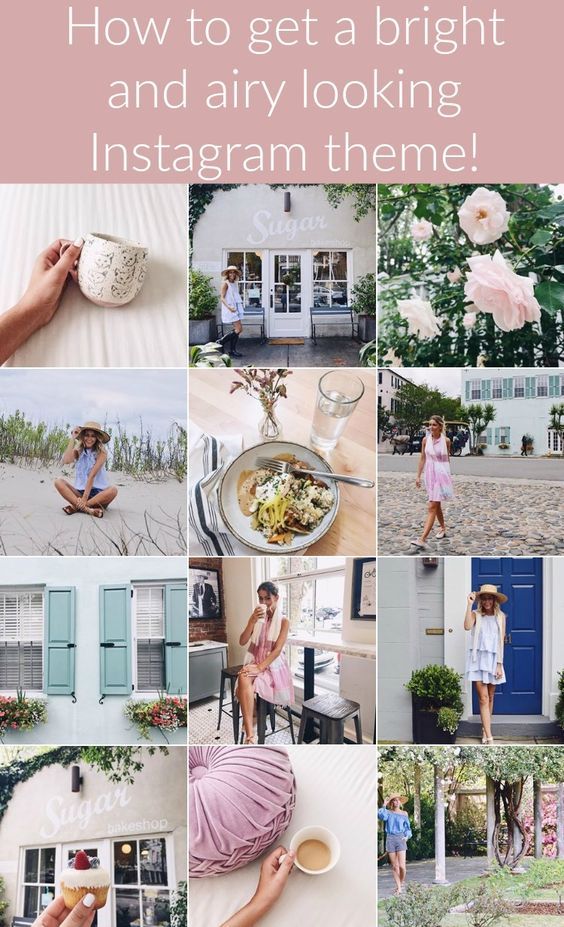 Post your story to your best friends only, or to all Instagram users*. Select the desired item and click "Share".
Post your story to your best friends only, or to all Instagram users*. Select the desired item and click "Share".
Your story is now displayed above the news feed. And if you want to add a new story before the old one disappears, click on the icon. Then click on your avatar in the upper left corner and follow the instructions above. nine0086
How do I add a story to Highlights?
To add a story to the current, while preparing it for publication, click add to the current” and select the appropriate folder.
If you realize that you want to add a story to the current one after it has been deleted, then it's okay. Instagram* keeps all the Stories you create in its archive. And here's how to find them. Go to your page, click on the plus sign that says "New".
There you will find all your Stories. Select the one you want, click "Next". You will be taken to the window to create a new section in the "actual". Edit the cover and name of the Stories folder.

 Meta* is not stingy with new features - the company recently announced Take a Break for those who sit too long on their smartphones, and soon it looks like it will be possible to edit the feed of posts. nine0007
Meta* is not stingy with new features - the company recently announced Take a Break for those who sit too long on their smartphones, and soon it looks like it will be possible to edit the feed of posts. nine0007  twitter.com/fjmkJD4je2
twitter.com/fjmkJD4je2 